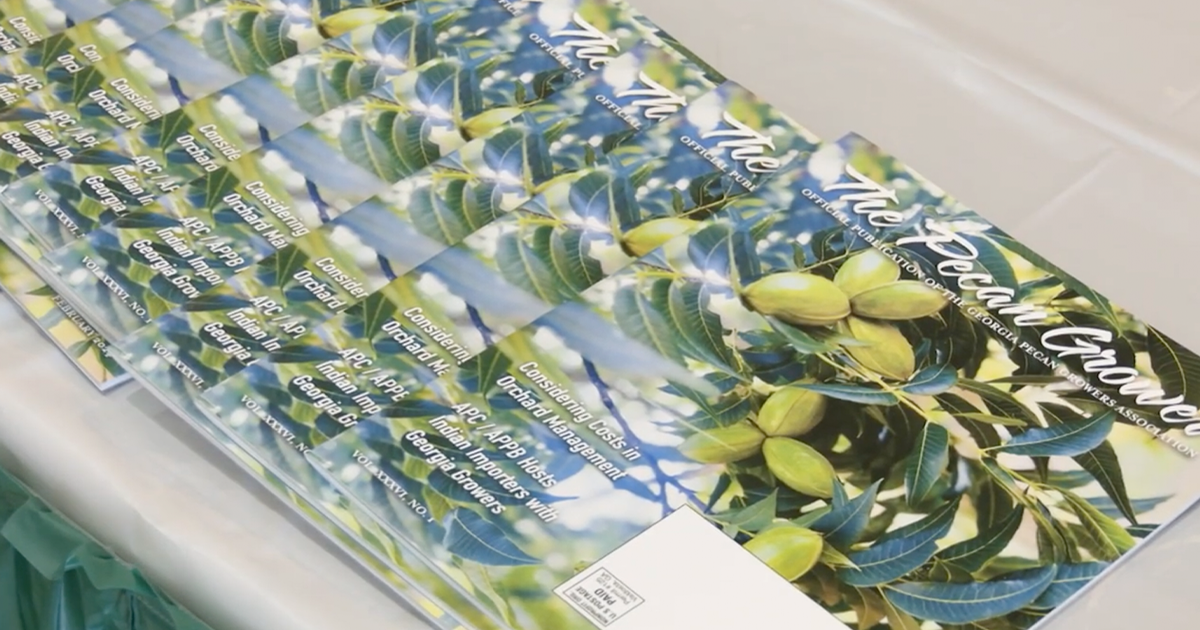Perry, GA |
There’s a whole lot of shaking going on here in Georgia, with as it is responsible for nearly a third of the country’s pecan production. And that is unlikely to change in the near future with a number of trees finally reaching maturation.
“Once the prices went high back around 2010, we started having a lot of planting taking place. So, our planting in Georgia, we’ve probably added since that time, probably sixty thousand acres of pecans, and now we’re starting to see those plantings contribute to the volume that’s out there. So, what used to be an off crop in Georgia or a bad crop in Georgia used to be about forty million pounds of pecans in the state, now an off year in Georgia is more like eighty to eighty-five million pounds,” says Lenny Wells, Pecan Extension Specialist.
However, that record production could put downward pressure on the price growers will see, especially with a chief trading partner buying less of their product.
“Pecan growers normally make good money when there’s a good, strong in shell pecan market. Right now, we don’t really have a good in shell market. China was a tremendous in shell market. So, that’s why we saw the prices go up so high and do so well for growers, but with the tariffs came on in 2018 that of course cut that out,” says Wells.
That means new markets must be explored. And one option is the country with the second highest population.
“We had some buyers from India over here a few months ago meeting with pecan suppliers here in Georgia and throughout the US. There was a lot of demand, a lot of interest there. The tariff reduction going from a hundred percent down the thirty percent I think is going to open the door,” says Wells.
Until then, growers are going to have to do more with less. And the University of Georgia’s breeding program is looking to make that job a little easier.
“Long term, we need to get better varieties in those orchards that have a higher yield potential. So, a lot of the older varieties that we were growing, that yield potential, maximum consistently would be around a thousand, maybe twelve hundred pounds an acre. We need varieties that are going to provide fifteen hundred or two thousand pounds an acre or more and do that at a lower cost of production,” says Wells.
With that in mind, there is one thing growers are encouraged to do in order to get the most out of their trees.
“One thing that has become very popular in the last few years that we see a lot of positive benefits to is hedge pruning. So, you basically with hedge pruning, you go down the length of the tree row and cut everything off a certain distance away from the trunk. And then you top that tree to bring the size of the tree down. What that does, it allows you to bring that entire tree into a size that whatever sprayer you’re using can cover that crop,” says Wells.
By: Damon Jones

